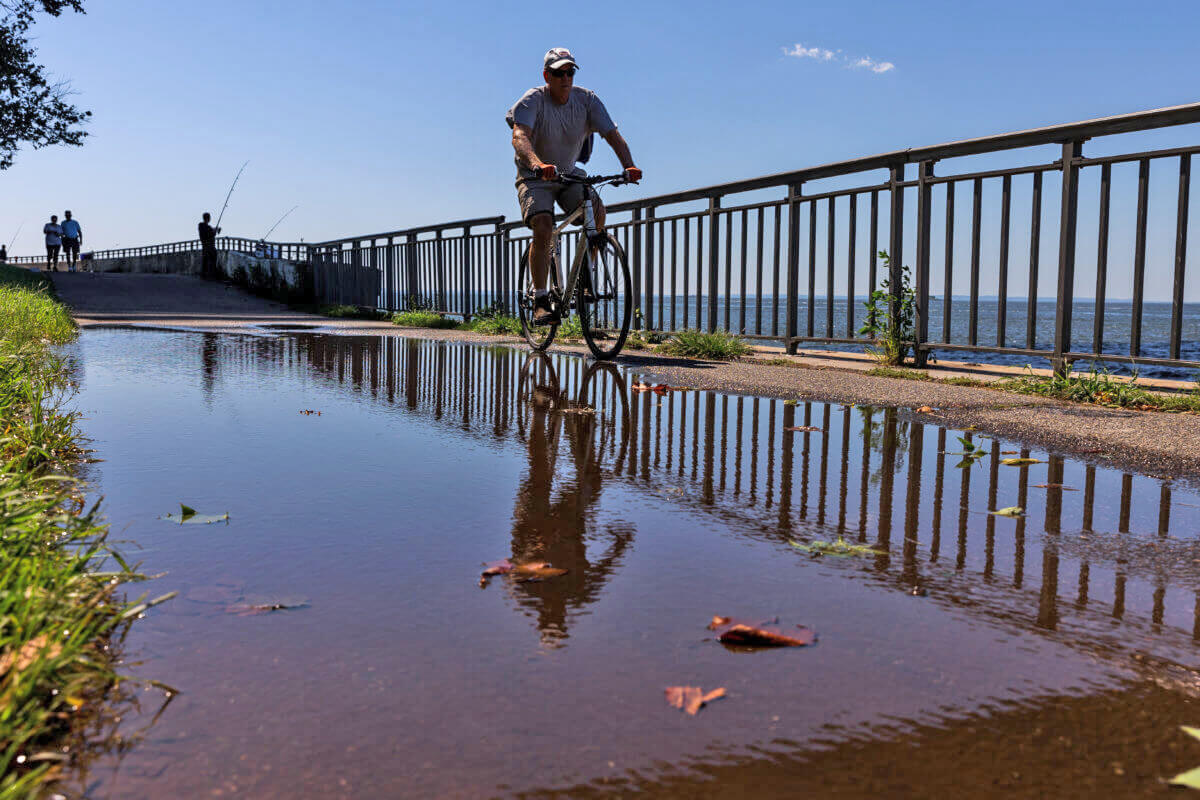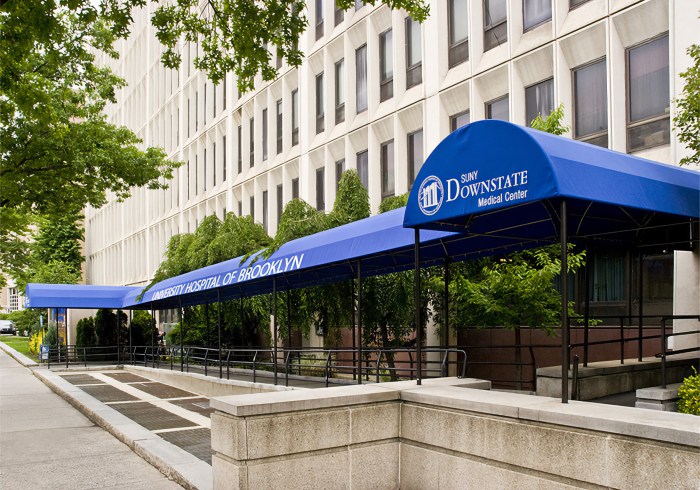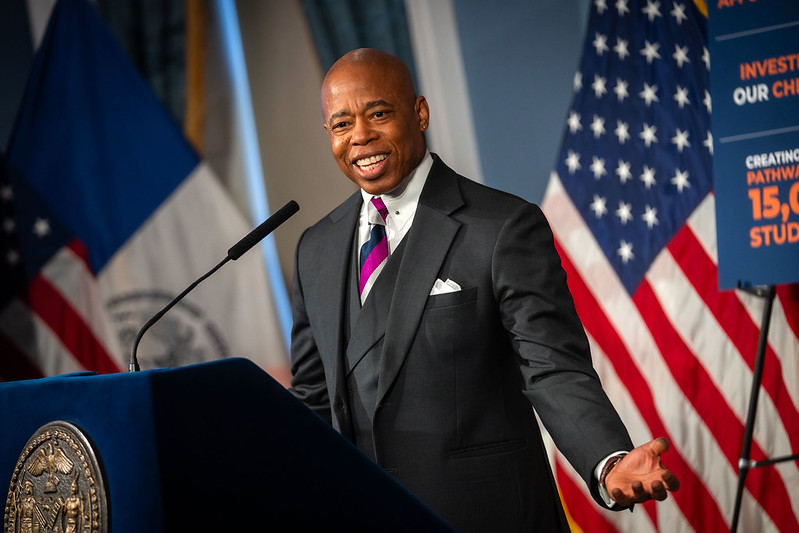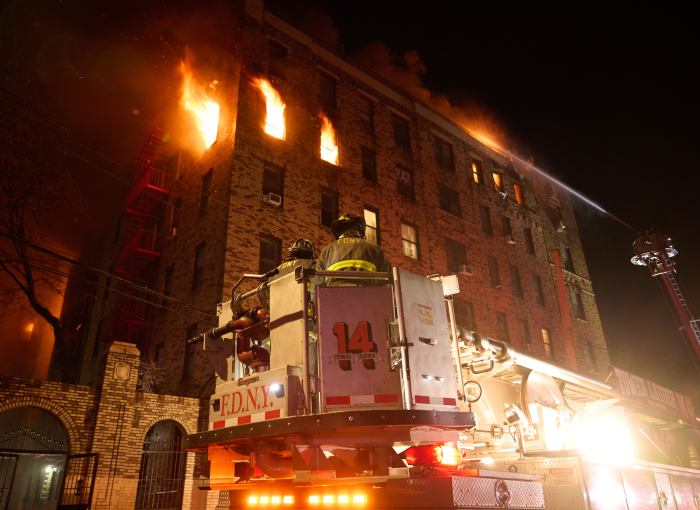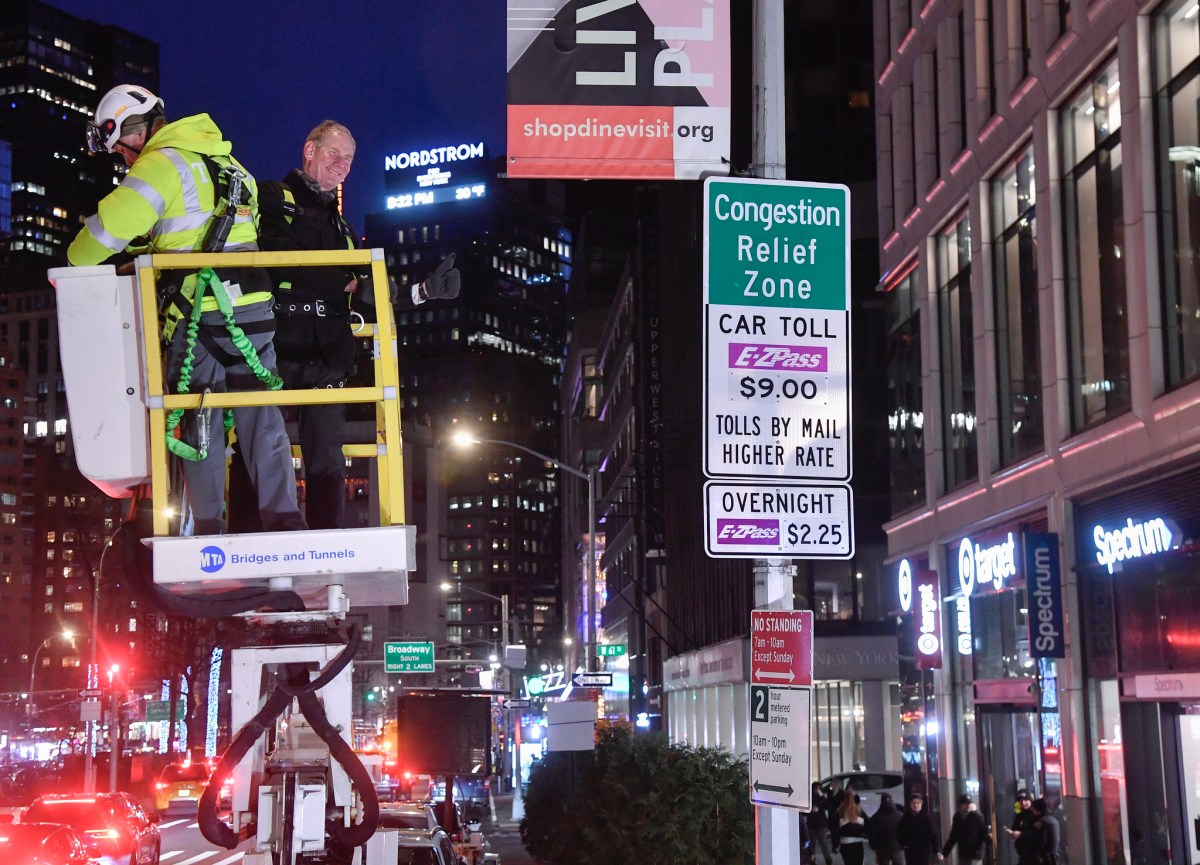This summer New York City has experienced severe flooding events, devastating and endangering communities, compromising our infrastructure, and reinforcing the severity of the climate crisis. The flooding from Tropical Storm Ida washed out several subway stations and local highways, stopping New Yorkers in their tracks. And we’re not alone. Across the country, wildfires have been so severe that the ash caused the sun and moon to appear red here in NYC.
These major flooding and severe weather events reinforce not only the increasing intensity of climate change, but also how our aging infrastructure is unprepared to deal with these disasters. As global temperatures continue to rise at alarming rates, this warming makes weather events more frequent and intense, which causes devastating impacts to our outdated infrastructure. To effectively address the growing climate crisis and jumpstart the move to a clean energy economy, we must implement ambitious policies to tackle climate change and create union jobs.
We have a once-in-a-generation opportunity to invest in our future. Congress is working on both a bipartisan $1 trillion infrastructure package and an even bolder and more historic $3.5 trillion investment in line with President Biden’s Build Back Better agenda.
The $3.5 trillion climate infrastructure package will build more climate-resilient infrastructure, support the green economy, and create good-paying union jobs right here in New York. It achieves this by establishing a clean energy standard to get us to 100% clean electricity by 2035, investing in our ports to jumpstart offshore wind development, expanding clean transportation, and supporting the manufacturing jobs that come with these green technologies all while prioritizing climate justice.
The billions proposed to repair transportation infrastructure, including funding for the Gateway program and mass transit, can create local jobs and help our state economy grow. Investments in manufacturing and clean energy can help revitalize New York’s manufacturing sector, which employs about 4.5% of the state’s workforce, and create good union jobs in New York’s clean-energy sector, a growing industry for our state.
Investments in climate infrastructure can accomplish several goals at once. For example, by retrofitting school buildings, which must remain a priority in federal infrastructure investments, we can have a real impact on emissions, make schools healthier and safer, create good union jobs, and save schools millions. In New York City alone, where we are advocating for Carbon Free and Healthy Schools, we can have an impact equivalent to planting 400,000 trees, address long-standing facilities issues in school buildings, create thousands of union jobs, and save schools $70 million every year on energy costs.
Critically, climate justice must remain central to the plan, including investments to improve climate-related housing and health outcomes for low-income and vulnerable populations, such as greater access to clean drinking water, lead remediation in housing, pollution reductions, and retrofitting public housing to make it energy efficient. To build a clean-energy future that works for all New Yorkers, we must prioritize communities that have historically been left behind and overburdened by pollution.
We thank Rep. Jeffries for being a climate champion and pushing these critical elements of the Build Back Better agenda forward. Now is the time to make sure these crucial infrastructure investments get across the finish line. Now is the time to rebuild our economy and create a clean-energy future. We can’t wait until the next Superstorm devastates our communities. We must act now to combat climate change, invest in resilient communities, and create good-paying jobs for New Yorkers.
Julie Tighe is the president of the New York League of Conservation Voters. Jeff Vockrodt is executive director of Climate Jobs NY.


